This morning I was up early and down at the Molly Malone statue before 8:00 for my tour of Newgrange, Monasterboice, the Hill of Tara, and the Hill of Slane. On my first trip to Ireland, I took a tour of Newgrange and the Hill of Tara that you can read about here, but this tour offered a few more stops, and the weather was much nicer this time.
There were so many companies picking up tours at the statue that I thought for a while that I had missed mine, but our guide showed up right on time. Apparently, he had planned for earlier, but there was a real traffic tangle because of an accident on one of the Dublin ring roads.
I am glad I hadn’t missed the tour. On my last trip to Ireland, I used the same company to take a tour to Trim Castle and Glendalough, and it was one of the best tours I’ve been on, thanks to the very excellent guide. I had booked this exact tour last trip, but it got canceled because of not enough people signing up for it.
Anyway, off we went to Newgrange.
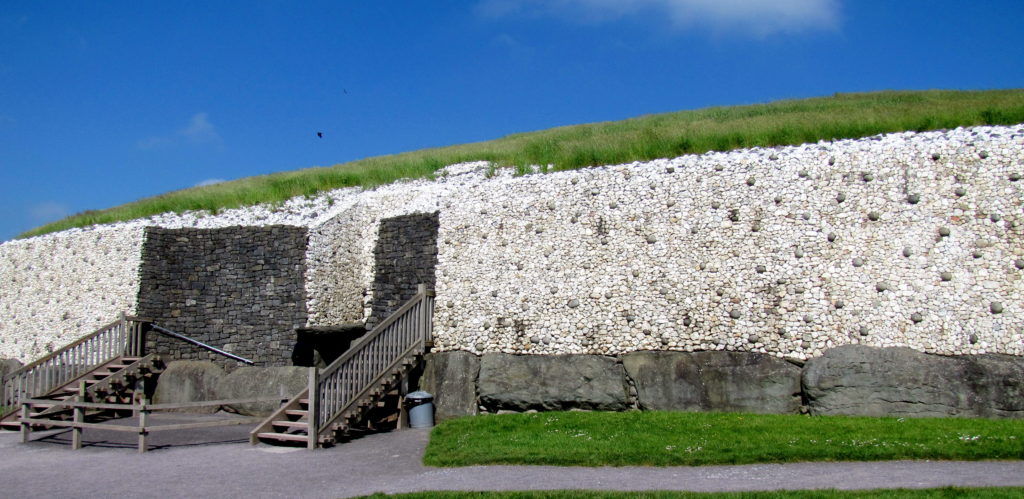
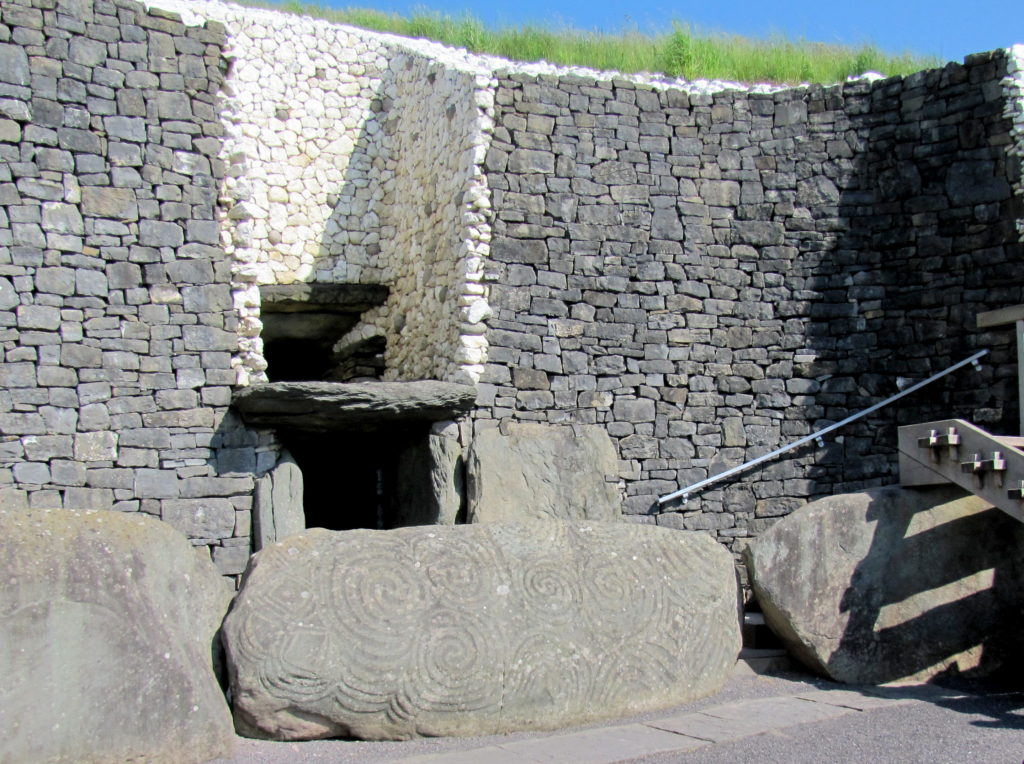
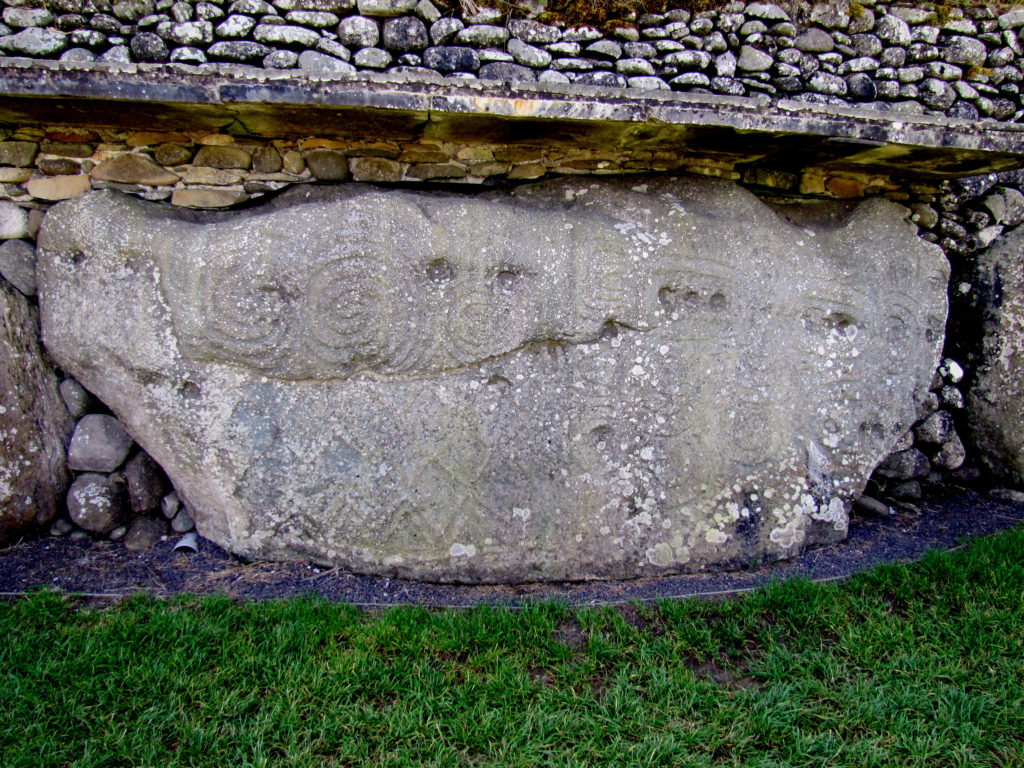
From Newgrange, we went to Monasterboice. I had heard about this place – a monastery that had faded when the Cistercian Order came to Ireland, and didn’t leave much in the way of records. Left a lot of high crosses in the graveyard, though.
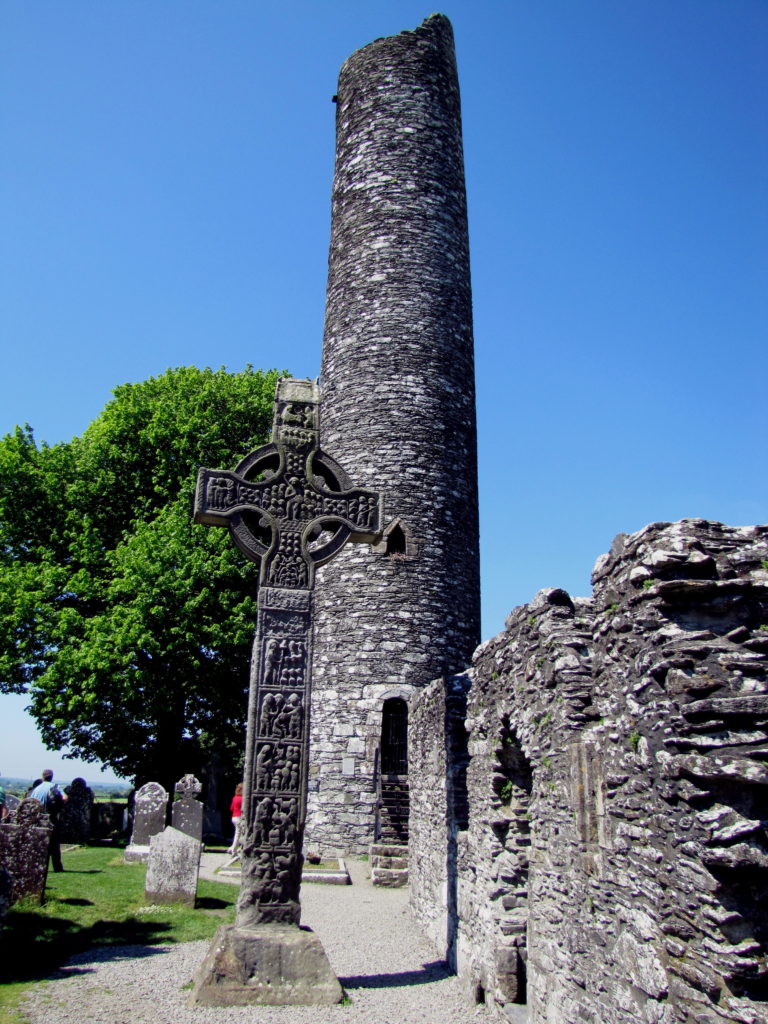
From Monasterboice, we went to the Hill of Slane.
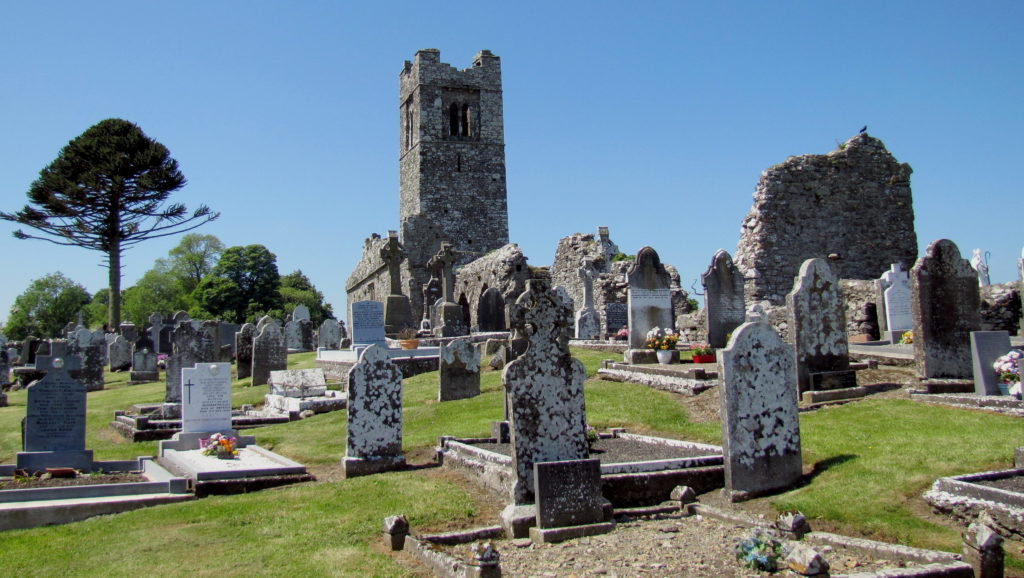
Apparently, each Easter, the church re-enacts this, lighting a small fire on the Hill of Slane. I asked about whether or not they have someone watching for the fire over at the Hill of Tara, where the High King had seen Patrick’s fire, and was told that the fire is now to small.
But, my guide said, several years ago, RTE1 conducted the experiment: they lit a large fire on the Hill of Slane, and apparently it could be seen very clearly from the Hill of Tara, 15km away.
And the Hill of Tara was our next stop.
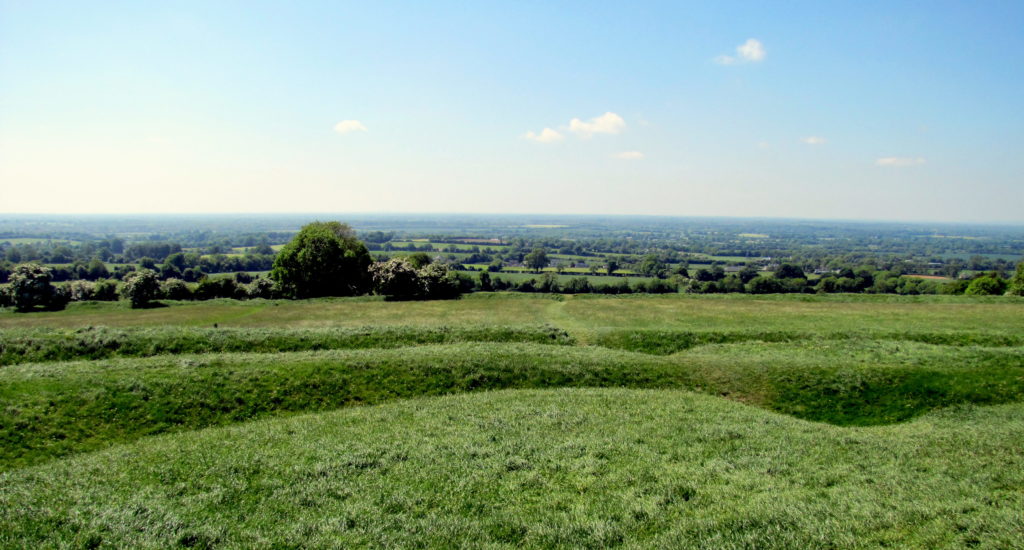
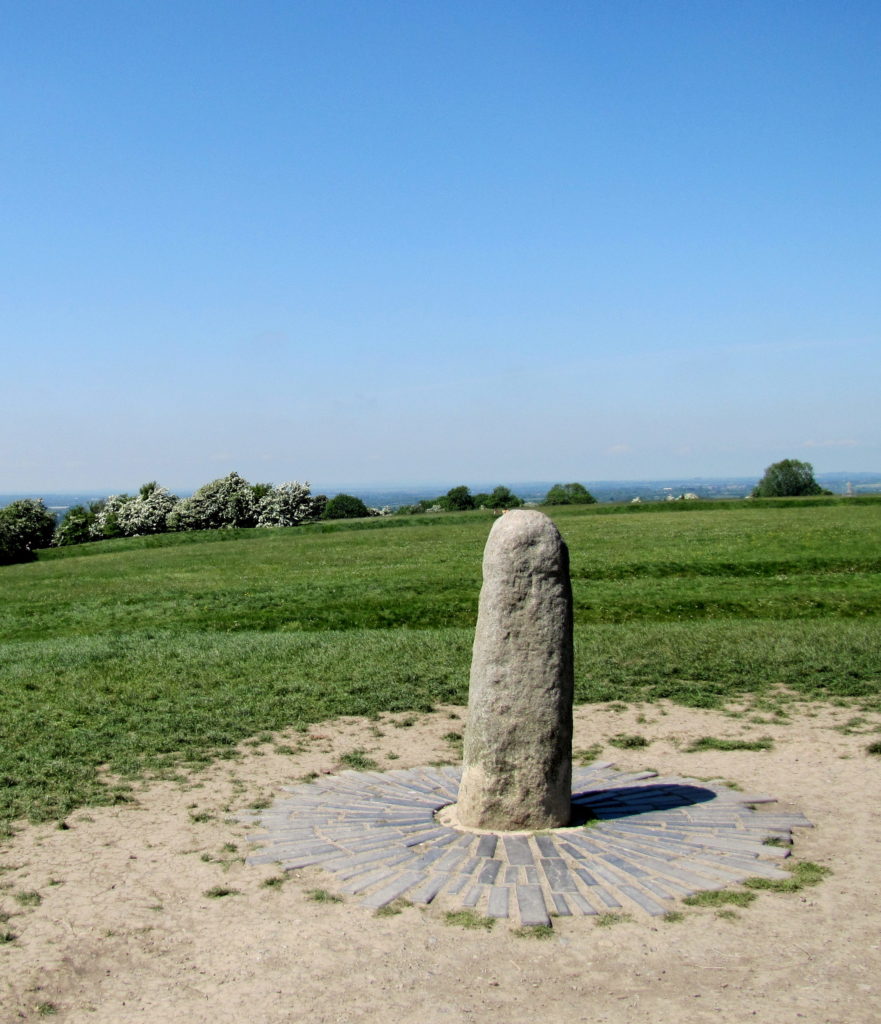
And then it was back to Dublin, back to the flat, and catching up on the blog. Tomorrow, I get on the hop-on-hop-off bus tour. One of the things I’m planning on seeing is Glasnevin Cemetery, which I haven’t visited before.
- The national television network in Ireland. [↩]

